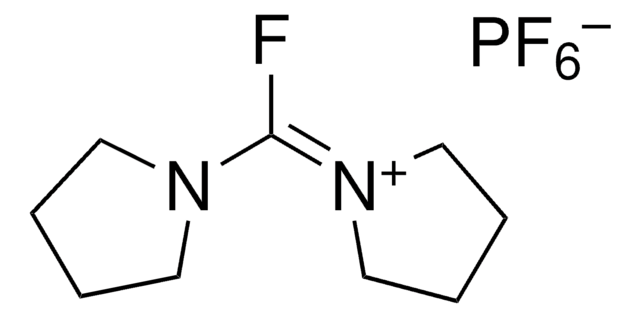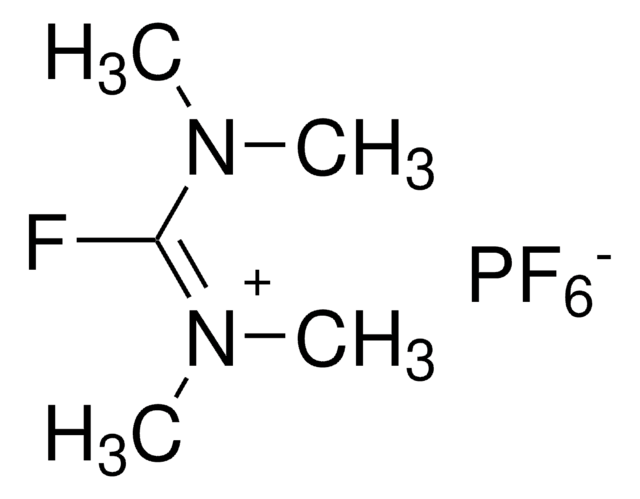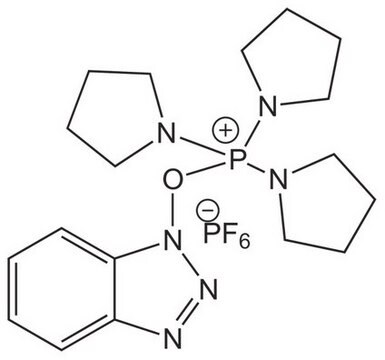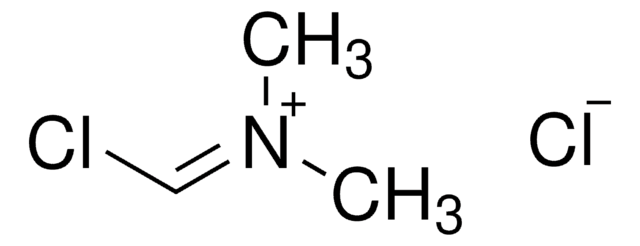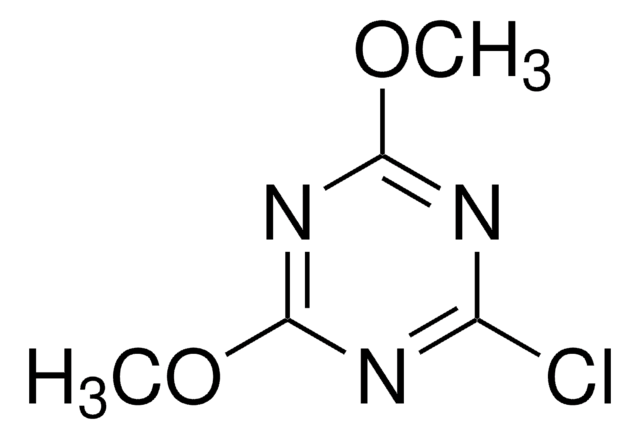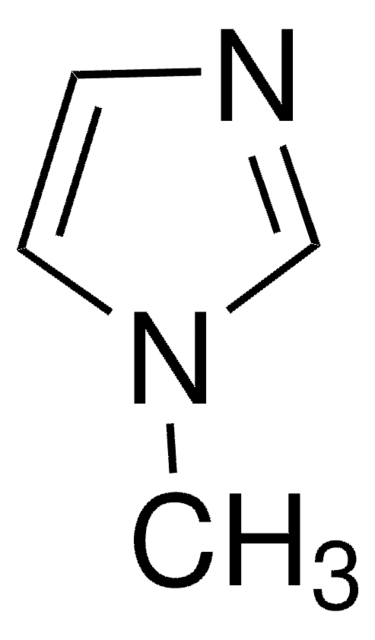23955
Chlorodipyrrolidinocarbenium hexafluorophosphate
≥97.5% (CHN)
Synonym(s):
N,N,N′,N′-Bis(tetramethylene)chloroformamidinium hexafluorophosphate, Chloro-N,N,N′,N′-bis(tetramethylene)formamidinium hexafluorophosphate, PyClU
About This Item
Recommended Products
Quality Level
Assay
≥97.5% (CHN)
form
solid
reaction suitability
reaction type: Coupling Reactions
mp
153-156 °C
application(s)
peptide synthesis
functional group
chloro
storage temp.
2-8°C
SMILES string
F[P-](F)(F)(F)(F)F.Cl\C(N1CCCC1)=[N+]2/CCCC2
InChI
1S/C9H16ClN2.F6P/c10-9(11-5-1-2-6-11)12-7-3-4-8-12;1-7(2,3,4,5)6/h1-8H2;/q+1;-1
InChI key
NHEGCUSBUWGOQM-UHFFFAOYSA-N
Looking for similar products? Visit Product Comparison Guide
Application
Enantioselective desymmetrization of meso-asiridines
Peptide coupling
Reagent for:
Heterocyclization of chloroformamidinium salts
Oxidative insertion for palladium and nickel catalyst synthesis
Other Notes
Signal Word
Warning
Hazard Statements
Precautionary Statements
Hazard Classifications
Eye Irrit. 2 - Skin Irrit. 2 - STOT SE 3
Target Organs
Respiratory system
Storage Class Code
11 - Combustible Solids
WGK
WGK 3
Flash Point(F)
Not applicable
Flash Point(C)
Not applicable
Personal Protective Equipment
Choose from one of the most recent versions:
Already Own This Product?
Find documentation for the products that you have recently purchased in the Document Library.
Customers Also Viewed
Articles
The generation of an acid chloride is an obvious way to activate the carboxy group for amide bond formation. However, practical application of acid chlorides in peptide synthesis is restricted, because they are prone to side reactions and racemization.
Our team of scientists has experience in all areas of research including Life Science, Material Science, Chemical Synthesis, Chromatography, Analytical and many others.
Contact Technical Service

